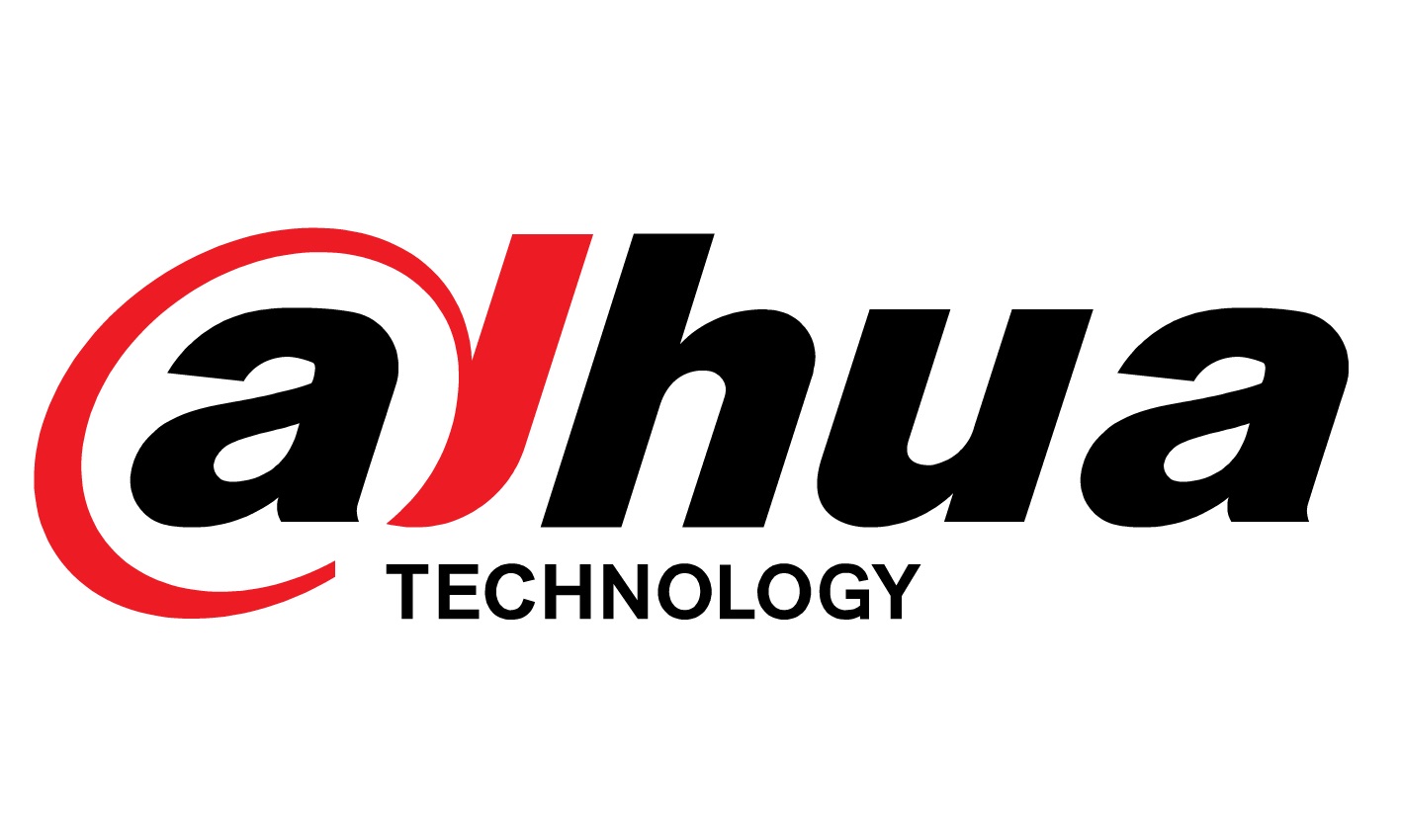 Company Network Security Checklist
Company Network Security Checklist
Securing your organization’s network is a critical step in protecting against cyber threats. Use this checklist to ensure comprehensive coverage of various network security aspects:
Basic Setup and Management
- [ ] Change Default Credentials: Ensure no devices or software are using default usernames or passwords.
- [ ] Regularly Update Firmware and Software: Keep all network hardware and software up-to-date with security patches.
Access Control
- [ ] Implement Role-Based Access Control (RBAC): Assign access permissions based on the user’s role within the organization.
- [ ] Enforce Strong Password Policies: Require complex passwords that are changed regularly.
- [ ] Setup Multi-Factor Authentication (MFA): Use MFA wherever possible to add an extra layer of security.
Firewall and Router Security
- [ ] Deploy Firewalls: Use firewalls to control incoming and outgoing network traffic based on an applied rule set.
- [ ] Configure VPNs for Secure Remote Access: Ensure that remote connections are secured using reliable VPN technology.
Network Monitoring and Incident Response
- [ ] Implement Intrusion Detection Systems (IDS): Detect unauthorized access or policy breaches within the network.
- [ ] Enable Intrusion Prevention Systems (IPS): Automatically block or prevent security threats in real-time.
- [ ] Utilize Network Monitoring Tools: Continuously monitor network traffic for unusual activity patterns.
- [ ] Establish an Incident Response Plan: Create and practice a plan for handling security breaches.
Data Encryption
- [ ] Encrypt Sensitive Data in Transit: Use protocols like TLS for data encryption during transit.
- [ ] Encrypt Data at Rest: Ensure all sensitive stored data is encrypted.
Endpoint Protection
- [ ] Install Antivirus Software: Equip all endpoints with updated antivirus software to protect against malware threats.
- [ ] Apply Endpoint Device Management: Manage and monitor devices to comply with company security policies.
- [ ] Control USB and Removable Media Access: Restrict usage to prevent potential introduction of malware.
Wireless Network Security
- [ ] Secure Wireless Access Points: Use the latest security protocols (e.g., WPA3) for Wi-Fi.
- [ ] Separate Guest Network: Offer a separate network for guests that is isolated from the primary network.
Employee Training and Policies
- [ ] Conduct Security Awareness Training: Regularly educate employees on cybersecurity threats and best practices.
- [ ] Develop and Enforce Security Policies: Clearly communicate company security policies and ensure compliance.
Backup and Recovery
- [ ] Implement Regular Backups: Establish routine data backup processes, with backups stored securely off-site.
- [ ] Test Backup Restoration: Regularly test backup integrity and the restoration process.
Physical Security
- [ ] Control Physical Access to Network Devices: Restrict and monitor access to routers, switches, and servers.
- [ ] Secure Server Rooms and Data Centers: Ensure environmental controls and restricted access to vital infrastructure.
Vendor and Third-Party Management
- [ ] Evaluate Third-Party Security Practices: Assess the security controls of third-party vendors that have access to your network.
- [ ] Establish Service Level Agreements (SLAs): Ensure vendors adhere to agreed SLAs that encompass security compliance.
Regulatory Compliance
- [ ] Comply with Applicable Regulations: Ensure adherence to legal standards such as GDPR, HIPAA, or PCI-DSS.
- [ ] Perform Regular Security Audits: Conduct comprehensive reviews of your network security posture for compliance and best practices.
Continuous Improvement
- [ ] Stay Informed on Latest Threats: Keep abreast of the latest cybersecurity risks and update defensive measures accordingly.
- [ ] Conduct Penetration Testing: Engage in ethical hacking practices to identify and address network vulnerabilities.
Following this checklist can help secure your company’s network against a wide range of cyber threats. Regularly revisiting and updating the checklist will keep your security measures aligned with the ever-evolving landscape of cybersecurity risks.


 Dome CCTV Cameras
Dome CCTV Cameras Bullet CCTV Cameras
Bullet CCTV Cameras Day & Night CCTV Cameras
Day & Night CCTV Cameras C-Mount CCTV Cameras
C-Mount CCTV Cameras

